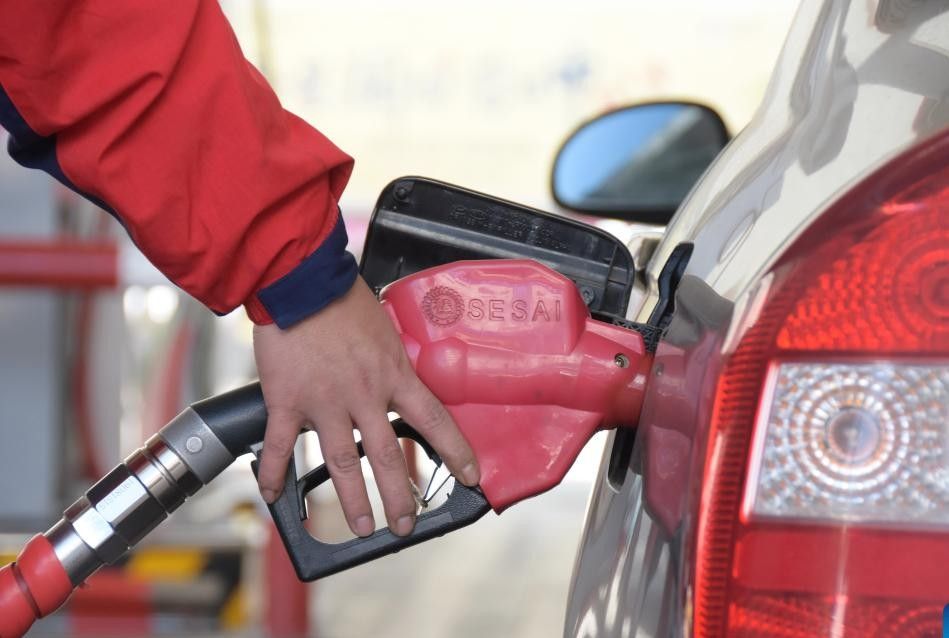While the crude oil market recorded a sharp decrease due to forecasts of excess supply, consumers around the world felt the opposite at gas stations. Retail prices of gasoline are anchored high, while the curve of crude oil prices is continuously decreasing.
This paradox comes from a less noticeable constant: Global refining capacity is in a state of disruption, with Russia at the center.
From the US, Europe to Asia, refineries are currently enjoying the highest profits compared to the same period in the year since 2018. Soaring profits have caused stocks of corporations such as Valero, Tüpraş and Orlen to increase sharply.
The global oil refining profit margin is at an extremely high level, said Eugene Lindell, an expert at FGE NexantECA. "The signal is causing factories to run at full capacity".
However, despite maximum operation, the oil refining system is still not capable of meeting global demand. The biggest reason comes from Russia - a country facing both physical attacks and economic sanctions.

This month, Ukraine repeatedly claimed to have hit the Saratov, Orsk and Volgograd refineries. Russian oil exports have fallen to a multi-year low, not counting the drone attack that damaged the cargo facility at Tuapse port.
The shock also comes from what is about to happen: The US is preparing to impose sanctions on Lukoil and Rosneft, two oil and gas groups that account for more than 800,000 barrels/day in Russian fuel exports.
From January 21, 2026, the EU will also ban the import of refined products from Russian oil, creating a chain effect on the fuel flow from India and Turkey - two countries that buy a lot of Russian oil to process and export back to Europe. The fate of Lukoil's factories in Bulgaria, the Netherlands or Romania is also a question mark.
Along with the strikes on Russia, the rest of the world has also encountered problems. The Al- Zour super factory in Kuwait currently operates only one of three workshops.
In Nigeria, the Dangote complex - expected to change the game in Africa - is preparing to stop gasoline testing for 50 days.
The US has also recorded oil refining capacity in recent weeks to be 1 million barrels/day lower than the same period last year due to many factories closing. Western Europe is under similar pressure.
As a result, there is enough crude oil, but the capacity to convert it into gasoline, diesel and aviation fuel is not enough. The world is in a paradox: Oil prices have fallen 20% since President Donald Trump took office, but US gasoline prices remain at $3.08/gallon and diesel continue to rise.
The International Energy Agency (IEA) said a series of unplanned incidents in October were piling up the oil market, pushing profit margins even higher. Although the agency raised its forecast for oil refining capacity in Europe and Asia, that increase was still not enough to cover the shortage from Russia and global bottlenecks.
The oil shock from Russia - from conflict, sanctions to infrastructure disruption - is creating waves spreading to all markets. And in the paradox of oil prices falling but gasoline prices not falling, the one who bears the most serious consequences is still hundreds of millions of global consumers.











